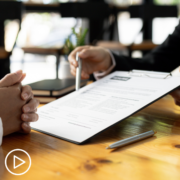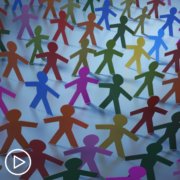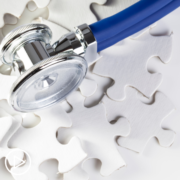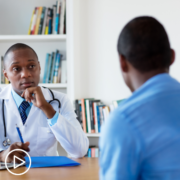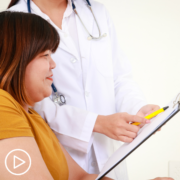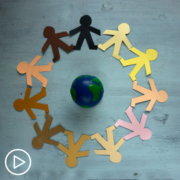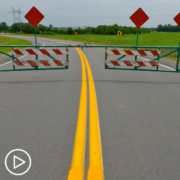CAR T-Cell Therapy Patient Eligibility | What Patients Should Know
CAR T-Cell Therapy Patient Eligibility | What Patients Should Know from Patient Empowerment Network on Vimeo.
What should CAR T-cell therapy patients know about patient eligibility? Expert Dr. Krina Patel from The University of Texas MD Anderson Cancer Center discusses transplant eligibility factors, why the factors are examined, and proactive advice for patients.
[ACT[IVATION TIP
“…tell your doctor, “I’m interested in CAR T. I want to go talk to a CAR T center.” And that’s where they can tell you if something is possible or not.”
Download Guide | Descargar Guía
See More from [ACT]IVATED CAR T
Related Resources:
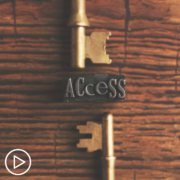
What Is the Impact of CAR T-Cell Therapy Access Barriers on Patients? |

|
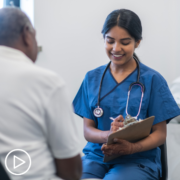
CAR T-Cell Therapy Follow-Up Monitoring | What Patients Can Expect |
Transcript:
Lisa Hatfield:
Dr. Patel, what challenges exist in navigating the complexities of patient eligibility criteria for CAR T therapy, particularly in the context of comorbidities and prior treatments and how can these challenges be navigated more effectively?
Dr. Krina Patel:
Yeah, I think it’s, people compare it to stem cell transplant all the time, and that’s my biggest activation tip. Transplant eligibility is not the same as CAR T eligibility. CAR T eligibility is much easier. So the absolute contraindication I would say for CAR T, is probably my patients with dementia, right? Because some of the chemo that we give prior to the CAR T can worsen that. And things like ICANS, this neurotoxicity can worsen some of those symptoms and we don’t want that.
That’s where I would use a bispecific instead where we’ve seen some great responses, but everybody else, again, even if you’re on dialysis and you have kidney failure, we can change the dosing of that chemo and patients do really well with CAR T. We work with the nephrologist, to make sure we don’t cause volume overload or anything else that they’re doing dialysis on time. We’re changing things up, etcetera. Patients with cardiomyopathy, so heart failure, again, we don’t want to go in when you have active heart failure, but just because you have a history of heart failure, we can do things to make sure that you don’t get, again, volume overload or, too much pressure on your heart.
Even patients with history of strokes, in the clinical trials that wasn’t allowed, but in the real world, again, as long as you’re not needing active therapy for your stroke, meaning, blood thinners, things like that yet anymore, then we can actually still potentially get you through CAR T. We have patients who aren’t able to speak.
They have expressive aphasia from history of stroke, but we actually have charts where we can figure out what their ICE scores are for ICANS. And we can make sure we, that they’re not having neurotoxicity. So we have other means by making sure that things are going well during that CAR T therapy that I think it’s really up to them. If they’re interested in it, my activation tip here is tell your doctor, “I’m interested in CAR T. I want to go talk to a CAR T center.” And that’s where they can tell you if something is possible or not. And I will say for the most part, most of my patients can get through CAR T. Again, we’ll talk about the different products. We’ll talk about how we would do it, how we would change it potentially.
But again, I have so many patients that are over a year, two years out without any therapy now. And they’re doing fantastically. And, and again, my patients with comorbidities and my older patients, they’re the ones who benefit when we’re not on any therapy because continuous therapy ends up causing more toxicity for them. And so I think it’s really, really important to speak up to your doctor and just say, this is something I’d really be interested in. And, any one of our centers would be happy to explain what we would do differently as well as, which product is the best one for you based on that risk comorbidity and the risk-benefit ratio.
Lisa Hatfield:
That again is great information. I’m glad you addressed the kidney dysfunction issue because we have several people in our support group who worry that they won’t be eligible for CAR T therapy because they have kidney dysfunction. So they’re all seeing specialists, which is the way to go for patients, to always see a specialist. So thank you so much, Dr. Patel.
Share Your Feedback
Create your own user feedback survey

